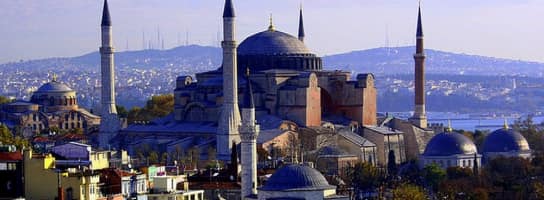Techniques of professionals to work in Cinema4D

The rendering procedure is quite complicated. It is certainly possible to process a large number of data by means of one powerful computer. However, it will take a huge amount of time. Therefore, to perform visualization, we started using special render farms that represent an array of a number of powerful machines. Such systems are designed to perform complex computing operations. In most cases, we are talking about working with computer graphics.

Note that the most important role in the implementation of the rendering procedure is played by “iron”. This was the reason for the popularity of farms. You can create such a system yourself, but its cost will be very high. For small studios involved in the creation of videos or computer games such costs are lifting.

There are two types of render farms: CPU and GPU
Each variety has its own specifics and features. The differences between them are related to the use of different computing devices. GPU render is based on the use of graphics card processors. The use of such farms has recently become increasingly popular.
CPU rendering is based on the operation of the CPU. Farms based on it appeared first. They are still used, but in some respects inferior to the previous version. In this article, you will learn the difference between CPU and GPU processors. We will also consider the features of farms based on both types of devices.
GPU and CPU: key features
The Central processor of the computer is designed to perform long chains of instructions in the shortest possible time. The CPU has a special architecture. It is capable of performing multiple calculations, splitting them into parts, and assembling them back into a single stream.

It is important to know that in the CPU, all instructions depend on the previous ones. Thanks to this approach, there are few cores in the Central microprocessor. The main focus is on improving data processing speed and reducing downtime. These tasks are solved by cache memory, and the so-called”pipeline”.
The GPU is designed primarily for rendering graphics and creating visual effects. Therefore, it has a simpler structure. Its key task is to convert polygons to the coordinates of the pixels on the display. Thus, the function of the GPU is to process a huge array of data for unrelated operations.
The GPU has a larger memory size but is less fast than the CPU. The GPU is equipped with a large number of cores. Their number can reach 2048 or more. At the same time, the CPU typically has two to eight execution units. In some cases, their number can reach forty-eight.



